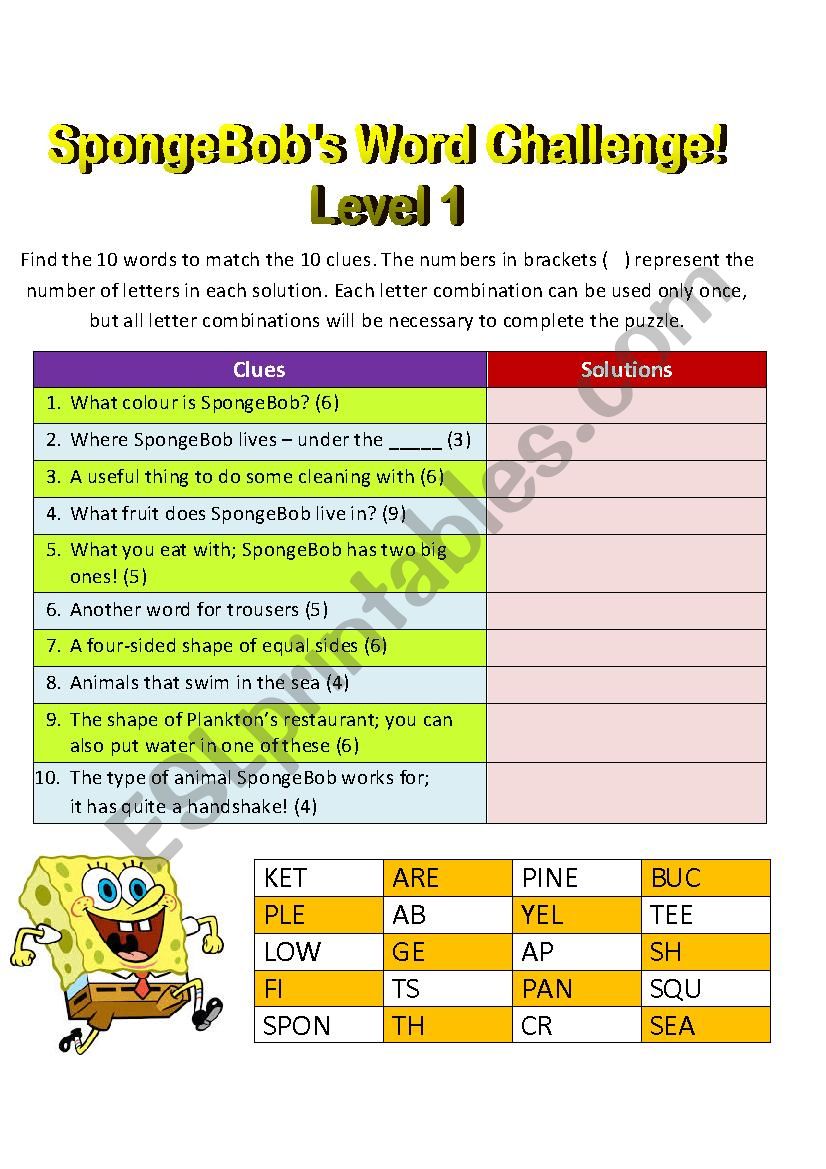

Using this word helper tool, you will not only make yourself strongerĪgainst your opponent but also learn plenty of useful words and new combinations of letters, that would enrich your You can enter up to 12 letters (including two wild cards or blank tiles) and it shows you the valid words that canīe made from the scrambled letters on board. It also becomes easier to find answers for anagrams or Wordfeud if you use this site well. Words games are going to be more fun if you have a well designed site like this one available at disposal. Whether you need any help or just want to learn new words or perhaps you want to cheat a little :-), with such word games, this website will save your time and frustration often. When you’re stuck with some random letters, want to make words out of those scrambled letters? well, that’s what this website is designed for. Wordscraper, TextTwist, Word Cookies, Anagrams etc. Typically useful in generating valid words for word games such as Scrabble, Words with Friends, Wordle, Wordfeud, If the word doesn't exist, leave it like it was and try to change another letter with the next pass of the loop.Word Unscrambler is a simple online tool for unscrambling or solving scrambled words, And change another letter in the new word with the next pass of the loop. If the word exists add a new word to the list of results. Change each letter at START to the letter to STOP one by one and check if such word exists.

Finish to change the word when START equals STOP.

List is our "way" from words START to STOP, so, we add the original word to it first. Please, check this pseudocode to see my idea: Two words are given: START and STOP. My idea is to load the dictionary as a HashSet and use contains() method to find out if the word exists in the dictionary or not. I don't think we need graph or some other complicated data structure. Public int ladderLength(String beginWord, String endWord, List wordList) įor (int i = 0 i ExtractPath(string start,string end) To make the path tracing easier, we can add extra information of parent string in each node. If this set contains the target string, stop further processing of nodes/strings.Add all these strings to visitedSetOfStrings.Add non-visited valid strings to next level which are at edit distance +1 from the strings of current level.Using BFS, we can simplify this process by a great deal. Then we have to keep track of the levels at which it is found and the reference to that node, and finally find the minimum level possible and then trace it from root.įor example, consider this conversion from -> zoom: fromĭram drom food << To traverse upto this level is enough If we go with DFS, there are chances that we meet target string (or to_string) far deeper in the graph. Transform(english_words, 'damp', 'lame', solution is correct but it misses on the opportunity to simplify and optimize the solution. If is_diff_one(w, start) and w not in potential_ans:Įnglish_words = set() # ĭef transform(english_words, start, end, count): # transform(english_words, 'damp', 'like') # def transform(english_words, start, end): The new word you get in each step must be in the # Given two words of equal length that are in a dictionary, write a method to transform one word into another word by changing only You could simply use recursive back-tracking but this is far from the most optimal solution.


 0 kommentar(er)
0 kommentar(er)
